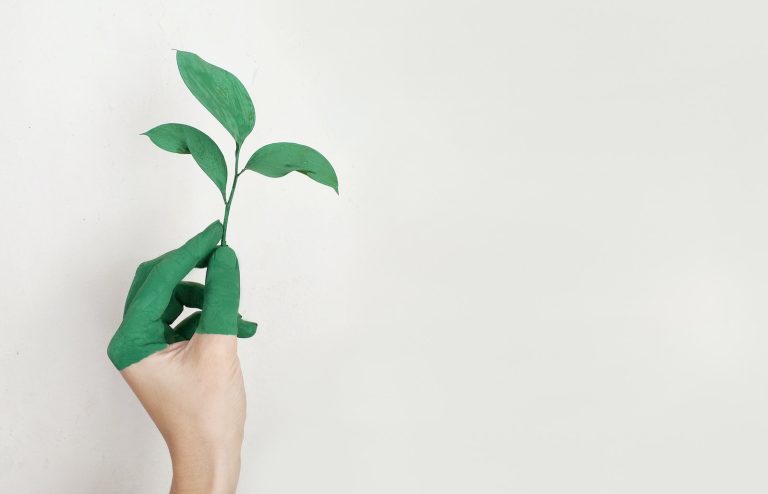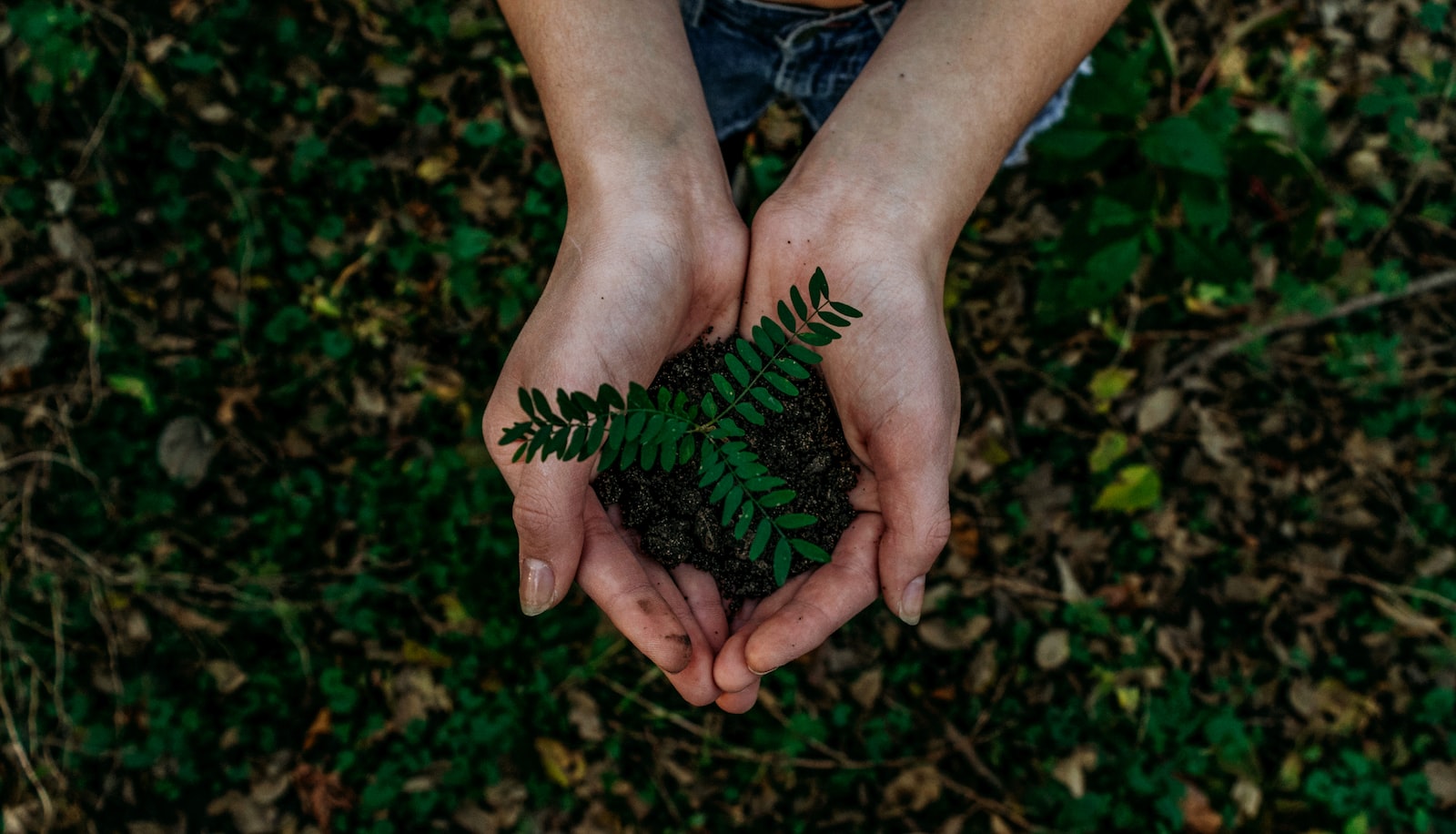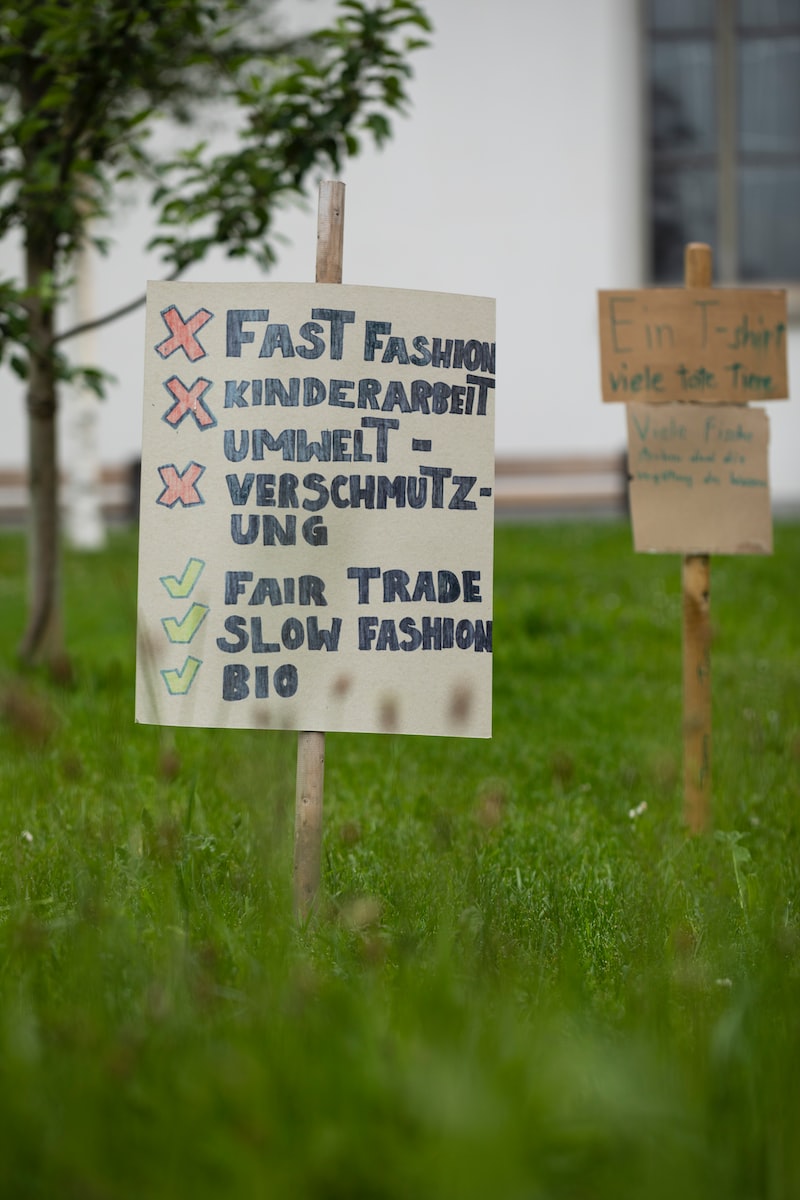The circular economy offers tremendous potential for companies to increase resource efficiency and boost profits. There are various approaches, from product design to new business models and take-back systems, the opportunities are countless.
The Path to a Sustainable Future
For companies, the shift towards a circular economy requires a change in thinking across many areas. Starting with product design, components must be chosen in a way that allows them to be either recyclable or biodegradable at the end of their life. This reduces waste and lowers material costs.
New service-centric business models, like product rental systems, bind customers long-term while securing recurrent revenue, and reducing the need for individual purchases.
A well-thought-out take-back concept is essential to feed secondary raw materials back into the material cycle. Sometimes, refurbished used products can even be directly remarketed.
Challenges and Opportunities
The transition to a comprehensive circular economy initially poses a major challenge for many companies, as firmly established production processes and business models must be fundamentally rethought and restructured. The shift to a completely waste-free, circular system requires immense investment in new technologies, logistics systems, and process chains. For many companies it also means rethinking existing business models and company strategies.
For example, existing manufacturing processes must be adapted, and new methods like Design-for-Recycling implemented so that products can be fed back into the material cycle.
At the same time, companies taking this step also open up an enormous potential for opportunities. By transitioning to a “Green Economy,” they can realize significant image gains and competitive advantages as a sustainably positioned company. Moreover, optimized resource efficiency and the establishment of closed-loop cycles promise immense cost savings in the long run by avoiding waste and material losses.
Key Takeaways
– There are many approaches for companies towards the Circular Economy
– Product design, new business models, and take-back systems are central
– Circular value creation reduces waste and costs
– Sustainability advantages and innovations pay off in the long run
Take action now and be part of the circular economy! Download our browser extension to help you find everything secondhand and shop more sustainably.











